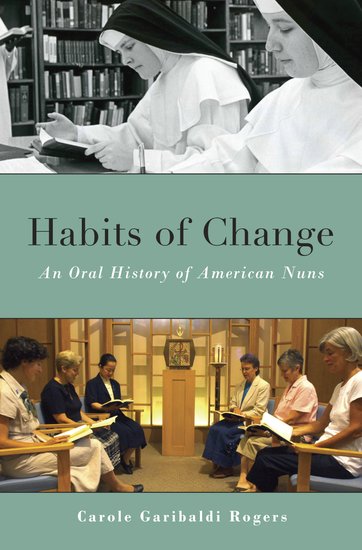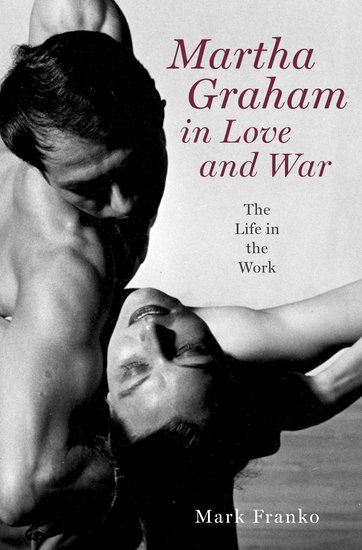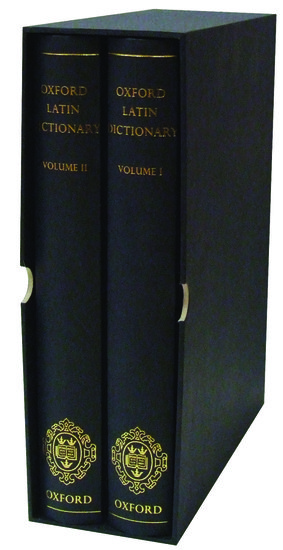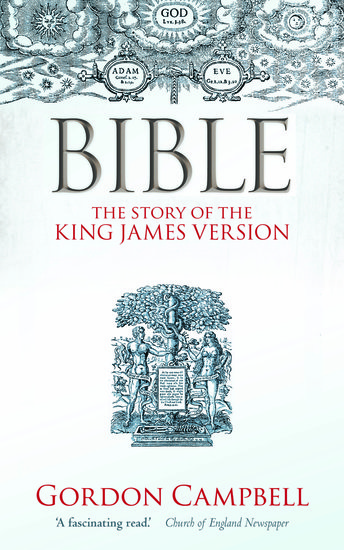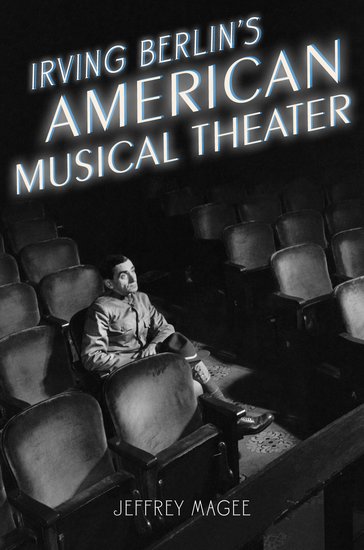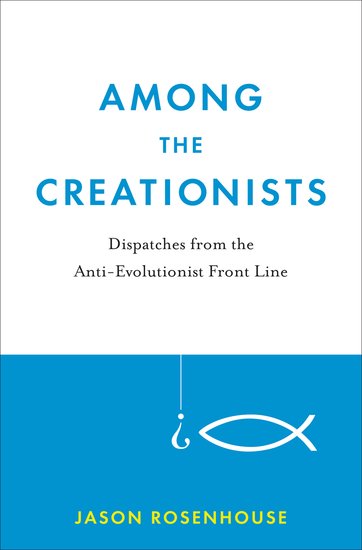Sisters in their finest moments
Carole Garibaldi Rogers
Oral histories of American Catholic women religious repeatedly reveal courageous steps out from traditional roles into ministries that serve the poor and marginalized. They also illuminate historical trends in both the church and society.

